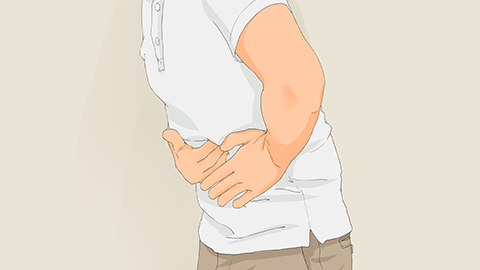What are the symptoms of hookworm disease?
Generally, patients with hookworm disease may experience symptoms such as diarrhea, abdominal pain, indigestion, cutaneous larva migrans, and anemia. It is recommended to seek timely medical attention, identify the underlying cause, and undergo symptomatic treatment under the guidance of a qualified physician. A detailed explanation is as follows:

1. Diarrhea
Hookworms parasitize in the intestines and interfere with normal intestinal function, causing damage and inflammation of the intestinal mucosa, which affects the normal digestion and absorption of food. Patients may experience frequent diarrhea, accompanied by abdominal pain and bloating.
2. Abdominal Pain
Hookworm infection stimulates the immune response of the host, leading to localized inflammation and resulting in abdominal pain.
3. Indigestion
Hookworms residing in the intestines consume nutrients from the intestinal contents and disrupt normal digestive and absorptive functions, leading to indigestion. Patients may experience symptoms such as nausea, vomiting, and reduced appetite.
4. Cutaneous Larva Migrans
When hookworm larvae penetrate the skin, they can cause cutaneous larva migrans, commonly affecting areas such as the spaces between toes and fingers that come into contact with soil. The skin may feel pruritic, burning, or experience a pricking sensation.
5. Anemia
Hookworms feed on blood within the human body, and long-term parasitism leads to chronic blood loss, which can result in anemia. Patients may exhibit symptoms such as pallor, fatigue, dizziness, and palpitations.
Patients can take medications such as albendazole tablets, mebendazole tablets, or pyrantel pamoate tablets as directed by a physician. Additionally, maintaining personal hygiene during treatment can aid in recovery.






